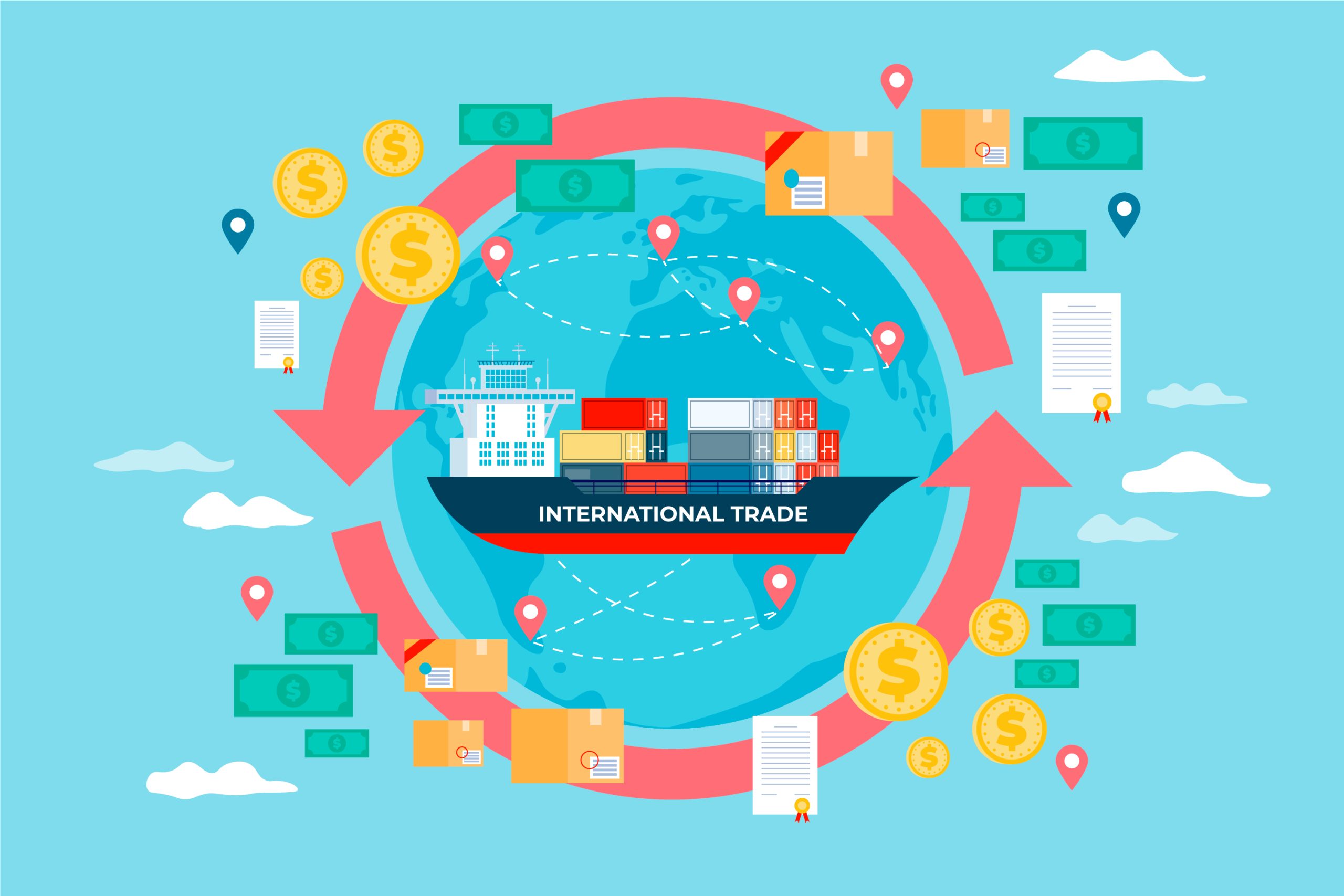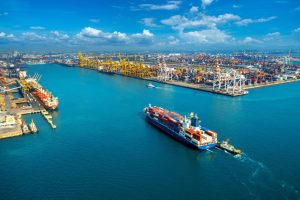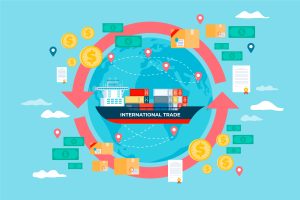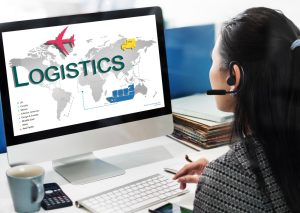Singapore is one of Asia’s leading logistics and trade hubs, known for its efficiency and world-class infrastructure. For businesses and importers, understanding the logistic import to Singapore is critical to ensuring goods arrive on time, in good condition, and without disruption.
Whether you’re moving commercial products or planning regular shipments, this guide breaks down the flow, methods, and practical tips to manage logistic import to Singapore effectively.
Why Understanding Logistic Import to Singapore Is Important
Before diving into the process, it’s essential to know why mastering the logistic import to Singapore is necessary for businesses of all sizes.
✔️ Ensure Smooth Supply Chain Flow
Efficient logistics supports business continuity and prevents delays or stock shortages.
✔️ Improve Shipment Planning
Knowing the steps involved helps you choose the right partners, routes, and shipping methods.
✔️ Reduce Operational Risks
Understanding the logistics flow reduces handling mistakes, misrouting, and communication gaps.
How Logistic Import to Singapore Works
The logistic import to Singapore involves a series of steps that move goods from their origin to their final destination in the country. This includes transportation, documentation, cargo handling, and distribution.
Step 1: Planning the Import Logistics Flow
✅ Select Shipping Method
There are two primary international transport modes:
-
Sea freight for bulk or large-volume cargo
-
Air freight for fast or time-sensitive items
Choosing the right mode depends on shipment volume, urgency, and type of goods.
✅ Define Delivery Timeline
Align your shipping plan with production schedules, customer expectations, or sales events to avoid delays.
Step 2: Freight Consolidation and Transport
In this phase, goods are:
-
Collected from the supplier’s location
-
Packed and consolidated (if needed)
-
Shipped via selected carrier to Singapore
Efficient logistic import to Singapore often involves consolidating cargo at origin warehouses to reduce complexity and costs.
Step 3: Cargo Handling at Singapore Port or Airport
Singapore has one of the most advanced logistics infrastructures in Asia. Upon arrival:
-
Sea shipments go through the Port of Singapore
-
Air shipments land at Changi Airfreight Centre
At this point, goods are unloaded, sorted, and sent for the next leg of the journey.
Step 4: Local Transport and Final Delivery
Once processed, goods are transported to:
-
Local distribution centers
-
Warehouses
-
Direct to customers or retail outlets
This part of the logistic import to Singapore is called last-mile delivery, and it plays a big role in determining customer satisfaction and delivery timing.
Common Challenges in Logistic Import to Singapore
Even with Singapore’s reputation for efficient logistics, challenges can still arise if you’re not prepared.
❌ Delayed Communication with Overseas Suppliers
Failure to synchronize schedules often causes missed shipments or unexpected delays.
❌ Poor Packaging or Labeling
Incorrect labeling can cause confusion during transit and slow down processing in logistics facilities.
❌ Choosing the Wrong Freight Type
Sending small shipments via sea freight, or heavy ones via air, may result in inefficient logistics planning.
Key Considerations for Efficient Logistic Import to Singapore
To optimize the process, consider the following when planning your logistic import to Singapore:
🧭 Choose the Right Route and Transit Time
Evaluate direct vs indirect shipping routes based on:
-
Transit speed
-
Cargo type
-
Availability of connecting carriers
📦 Understand Handling Requirements
Delicate or high-value goods may require:
-
Custom packaging
-
Temperature control
-
Special handling instructions
Clarify these details with your logistics partner before shipping.
🛣️ Monitor Shipment Movement
Use shipment tracking tools or dashboards to:
-
Check real-time updates
-
Predict arrival times
-
Quickly respond to delays
Visibility in the logistic shipping to Singapore process ensures you remain informed and proactive.
Best Practices for Managing Logistic Import to Singapore
Following these best practices can reduce friction and improve logistics performance:
🔹 Build Relationships with Reliable Forwarders
Experienced logistics providers understand the Singapore market, port procedures, and distribution network.
🔹 Centralize Your Documentation
Organize all shipping and handling documents early, including invoices, packing lists, and tracking records. Keeping everything accessible speeds up cargo handling.
🔹 Schedule Around Peak Seasons
Avoid peak shipping months or major holidays when port traffic increases. Planning in advance smooths your logistic import to Singapore.
Future of Logistic Import to Singapore: Trends to Watch
As e-commerce and digital trade continue to grow, so does the complexity of global logistics. Businesses engaging in logistic import to Singapore should keep an eye on:
-
Automation in Warehousing
-
Use of AI for Route Optimization
-
Increased Demand for Green Logistics
-
Integration of Real-Time Data Tracking
Adopting modern practices helps businesses stay ahead of the curve and operate more efficiently.
What Are You Waiting For? Let’s Import to Singapore!
Managing logistic import to Singapore doesn’t have to be overwhelming. With proper planning, clear communication, and understanding of the shipping flow, you can ensure that your goods move smoothly from origin to destination.
Whether you’re importing for retail, B2B fulfillment, or personal use, staying informed and choosing reliable logistics strategies is the key to success.
















